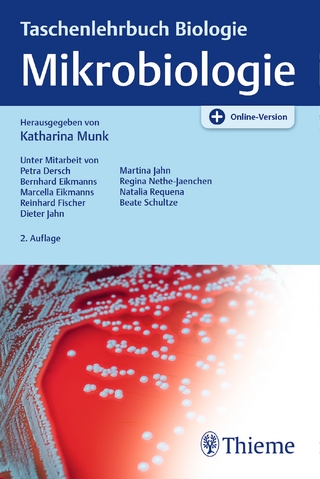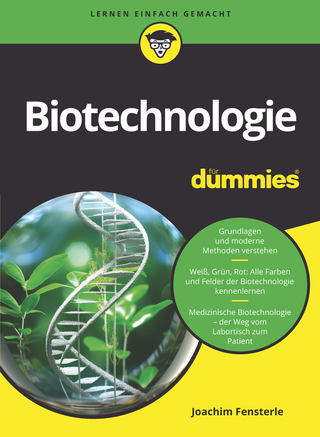
The Silken Thread
Oxford University Press Inc (Verlag)
978-0-19-755558-3 (ISBN)
Insects are seldom mentioned in discussions surrounding human history, yet they have dramatically impacted today's societies. This book places them front and center, offering a multidisciplinary view of their significance.
Diseases vectored by insects have killed more people than all weapons of war. Fleas are common pests, but some can transmit illnesses such as the bubonic plague. In fact, three pandemics can be traced back to them. Epidemics of typhus have been caused by lice. Conversely, humans have also benefitted from insects for millennia. Silk comes from silkworms and honey comes from bees. Despite the undeniably powerful effects of insects on humans, their stories are typically left out of our history books.
In The Silken Thread, entomologists Robert. N. Wiedenmann and J. Ray Fisher link the history of insects to the history of empires, cultural exchanges, and warfare. The book narrows its focus to just five insects: a moth, a flea, a louse, a mosquito, and a bee. The authors explore the impact of these insects throughout time and the common threads connecting them. Using biology to complement history, they showcase these small creatures in a whole new light.
On every page, the authors thoughtfully analyze the links between history and entomology. The book begins with silkworms, which have been farmed for centuries. It then moves to fleas and their involvement in the spread of the plague before introducing the role lice played in the Black Death, wars, and immigration. The following section concerns yellow fever mosquitos, emphasizing the effects of yellow fever in the Americas and the connection to sugar and slavery. After discussing the importance of western honey bees, the authors tie these five insects together in an exciting closing chapter.
Robert N. Wiedenmann is Professor Emeritus of Entomology at the University of Arkansas. He received a BS in ecology and PhD in entomology, both from Purdue University. He was inspired to write this book after teaching a course at Arkansas called, "Insects, Science and Society." He is Past-President of the Entomological Society of America. J. Ray Fisher is a postdoctoral researcher of entomology at the University of Arkansas. He received a BS in Zoology from Auburn University, an MS in entomology from the University of Kentucky, and a PhD in Entomology from the University of Arkansas. He teaches and conducts research on the evolution and diversity of arthropods.
List of Figures
List of Tables
Preface
Acknowledgments
Section 1: Silk and Silkworm
Chapter 1: Moth Spit
Chapter 2: Silk Roads
Chapter 3: Silk Goes East and West
Section 2: Oriental Rat Flea and the Plague
Chapter 4: In Reverse Order—The Third Pandemic First
Chapter 5: Not Just the Plague
Chapter 6: Sorting Out the Plague
Chapter 7: The Plague, One More Time
Section 3: Lice in War and Peace
Chapter 8: Lice in War and Peace
Section 4: Aedes Aegypti and Yellow Fever
Chapter 9: The Bridge Connecting Silkworms to Mosquitos
Chapter 10: Yellow Fever in the United States
Chapter 11: The Caribbean, Carlos Finlay, Walter Reed, and Serendipity
Chapter 12: William Crawford Gorgas and the Panama Canal
Section 5: Western Honey Bee
Chapter 13: Six-Legged Livestock
Section 6: Typing the Silken Threads
Chapter 14: Tying the Silken Threads
Bibliography
Index
| Erscheinungsdatum | 13.09.2021 |
|---|---|
| Zusatzinfo | 55 illustrations |
| Verlagsort | New York |
| Sprache | englisch |
| Maße | 246 x 168 mm |
| Gewicht | 590 g |
| Themenwelt | Naturwissenschaften ► Biologie ► Mikrobiologie / Immunologie |
| Naturwissenschaften ► Biologie ► Zoologie | |
| ISBN-10 | 0-19-755558-6 / 0197555586 |
| ISBN-13 | 978-0-19-755558-3 / 9780197555583 |
| Zustand | Neuware |
| Haben Sie eine Frage zum Produkt? |
aus dem Bereich


